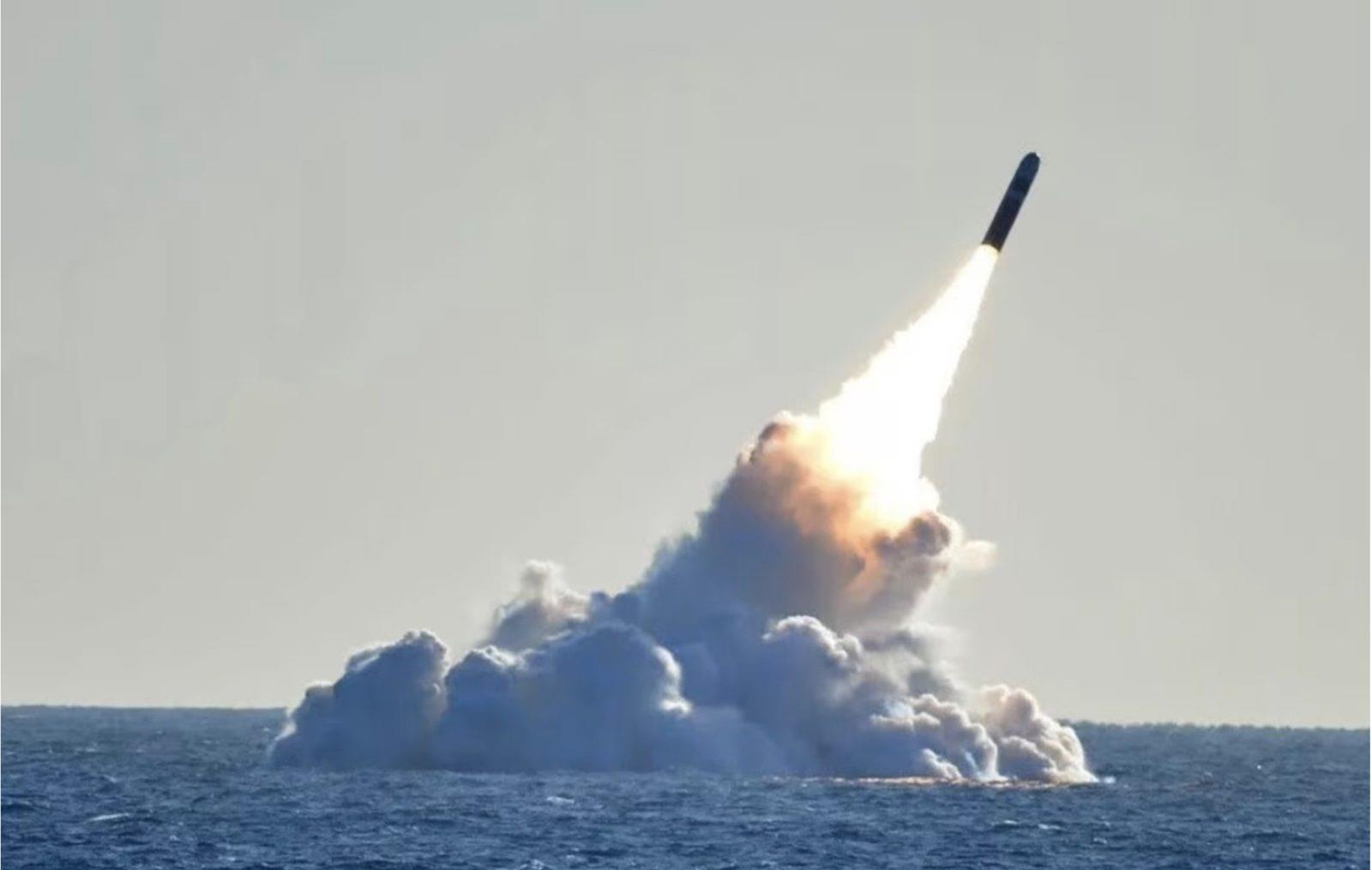this month, south china morning post (scmp) reported that researchers at the Chinese Academy of Sciences Fujian Institute of Research on the Structure of Matter discovered an ultra-sensitive submarine detector based on existing technologies that can detect traces of the most advanced submarine from great distances.
The science team, led by Zou Shengnan, published their findings in the peer-reviewed chinese journal of ship research , run by the China Ship Scientific Research Center and noted for its history of being at the forefront of ship and ocean engineering developments.
SCMP notes that the Chinese science team used computer modeling to determine the possibility of detecting the near-imperceptible bubbles a nuclear submarine produces. It says that the extremely low frequency (ELF) signal generated by these bubbles could be many times stronger than the sensitivities of advanced magnetic anomaly detectors.
The bubbles form when a submarine cruises due to increased kinetic energy and a corresponding decrease in potential energy expressed as pressure. This happens because the system's total energy remains constant but the balance between kinetic and potential energy shifts.
The SCMP report notes that this creates turbulence and can lead to an electromagnetic signature through the magnetohydrodynamic (MHD) effect, with computer models showing that electric field signals could be detected around different parts of the hull.
Latest stories

picture adding indonesia, iran – or cuba – to brics

afghanistan still a threat to the region & beyond

georgia law and trump's new fulton county charges
The researchers found that electromagnetic emissions produced by the cavitation bubbles fluctuate over time, generating a distinct signal in the ELF range from 49.94 Hz to 34.19 Hz.
Lead researcher Zou said that the findings could be used to provide a reference for selecting electromagnetic communication frequencies for high-speed submarines, as ELF signals can travel great distances, penetrate water and reach the ionosphere, which reflects them to the Earth's surface.
Some suggest the discovery could be a game-changer for anti-submarine warfare (ASW) operations. in an august 2020 article for the strategist , Sebastian Brixey-Williams notes that modern ASW uses active and passive sonar with magnetic anomaly detection (MAD) to extract submarine signals from ocean noise, noting the methods are expected to remain crucial for the foreseeable future.
Submarines are significant metallic anomalies moving in the upper portion of the water column, producing sound and changing the water's physical, chemical, and biological properties, disturbing Earth's magnetic field and unavoidably emitting radiation in the case of nuclear submarines.
Brixey-Williams notes that as sensor resolution, processing power and machine autonomy improve, the range of detectable signals will expand, making it possible to distinguish other previously indistinguishable signals.
He also notes that non-acoustic detection techniques have been known for decades but only recently became exploitable due to faster computer processors, noting that oceanographic models can run in real-time.
Moreover, according to a march 2021 paper by the nuclear threat initiative (nti) , the utilization of both commercial and open-source technologies such as commercial satellite imagery, synthetic aperture radar and social media disseminated tracking can enhance the identification of submarine fleets, track the development of submarines and submarine bases, and potentially gain insights into their patrol patterns and actions.
Given that, Roger Bradbury and other writers note in a March 2023 article that it's very likely (90%) that oceans will become transparent by the 2050s, with at least a 75% chance in most modeled cases, with the software used in their analysis evaluating the estimates with a high certainty of above 70%.
They stress that despite advancements in stealth technologies, submarines, including nuclear-powered ones, can still be detected in the world's oceans due to parallel progress in science and technology.
Such developments may complicate US plans to hunt down and detect Chinese nuclear ballistic missile submarines (SSBN) patrolling the South China Sea. US nuclear attack submarines (SSN) are known to be operating in the South China Sea, with usni reporting on november 2021 about the collision of the USS Connecticut against an uncharted seamount in the hotly-disputed semi-enclosed body of water.
USNI notes that the USS Connecticut is one of the US Navy's three Seawolf-class SSNs, initially designed to take on Soviet submarines in the open ocean during the Cold War and since upgraded and modified to carry out some of the US Navy's most sensitive missions, including shadowing China's SSBNs.
asia times reported in april 2023 that China now can mount round-the-clock SSBN patrols, keeping one of its six Type 094 SSBNs on patrol at all times.

China's JL-3 nuclear missile has a range of up to 10,000 kilometers, putting the US within closer range. Photo: Twitter / Handout
Those SSBNs are potentially armed with the new JL-3 submarine-launched ballistic missile (SLBM), which has a 10,000-kilometer range and allows China to hit the continental US from newly-developed and highly-protected bastions in the South China Sea.
Although US SSBNs are considered highly survivable, the growing transparency of oceans and the possibility of China and Russia coming up with a breakthrough in submarine detection technology pose a rising threat to US dominance of the seas.
Despite those concerns, Matt Korda argues in a december 2020 article for defense one that the US lead in submarine detection and stealth technology, favorable geographic position with no territorial chokepoints and the threat of US nuclear retaliation against an attack on its SSBNs ensures the continued relevance and survivability of US SSBNs as the country's ultimate nuclear deterrent.
Like this:Like Loading... Related